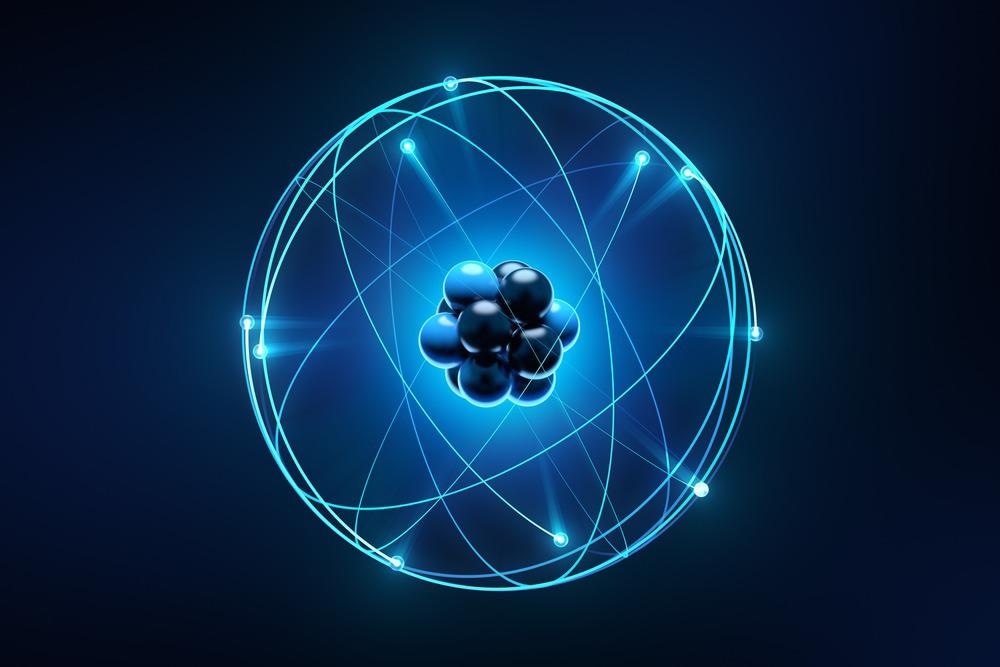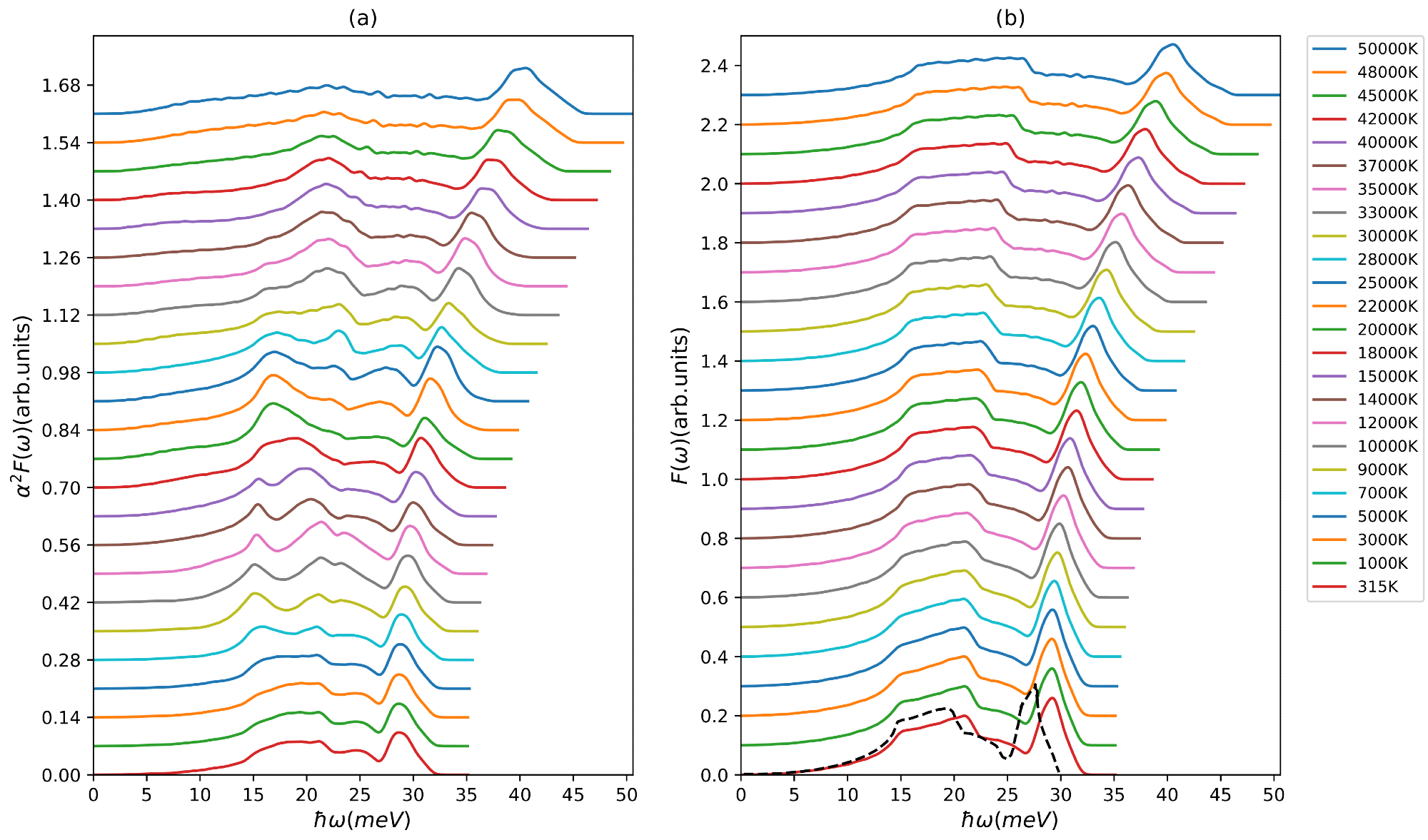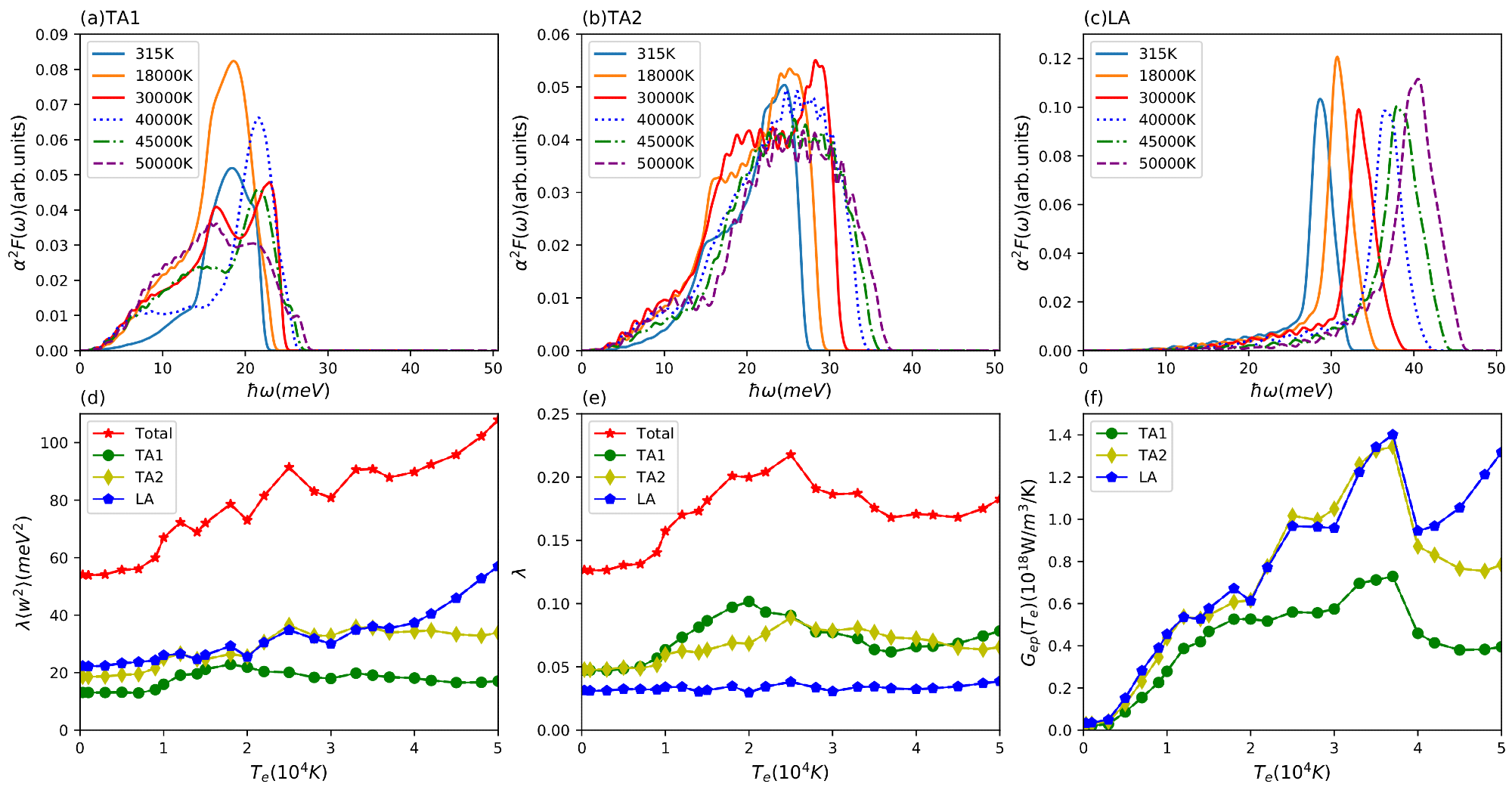 By Surbhi JainReviewed by Susha Cheriyedath, M.Sc.Mar 8 2022
By Surbhi JainReviewed by Susha Cheriyedath, M.Sc.Mar 8 2022In an article recently published in the open-access journal Materials, researchers reported the electron-phonon coupling and energy relaxation characteristics of laser-excited metals.

Study: Energy Relaxation and Electron-Phonon Coupling in Laser-Excited Metals. Image Credit: Igor Batrakov/Shutterstock.com
Background
In recent decades, with the introduction of femtosecond pump-probe systems, significant progress has been made in the investigation of ultrashort laser-matter interaction. Furthermore, the fundamental energy relaxation processes and material reaction dynamics in extreme states far from equilibrium caused by laser irradiation have received a lot of attention. However, theoretical understanding of the process is difficult owing to the non-equilibrium conditions.
The electrons in laser-excited materials are accelerated by the pulsed laser and consequently thermalize within femtoseconds at a temperature of tens of thousands Kelvin, while the ions remain in their initial condition. To examine the energy relaxation under excited non-equilibrium circumstances in metals, the conceptual two-temperature model (TTM) is extensively used. Precise electron-phonon coupling factors are essential for a wide range of elements and materials.
About the Study
In the present study, the authors utilized a first-principles framework to analyze the rate of energy transfer between electrons and phonons for electron temperatures up to Te = 50,000 K, wherein the lattice was considered at the ground state. Aluminum and copper are two common yet dissimilar metals that are researched. To compute the electron temperature-dependent Eliashberg function and electron density of states, finite-temperature density functional theory (DFT) and linear response were used.
At room temperature Te = 315 K, the second moment corresponding to the Eliashberg function and the electron-phonon coupling constants were evaluated. The limits of the T = 0 approximation for the Eliashberg function were determined as the electron temperatures were raised. The study provided a unique perspective on phonon dynamics to understand the fundamental mechanism of energy flow in ultrafast laser–metal interactions. The microscopic energy flow associated with the electron-phonon interaction was estimated.
The finite temperature DFT scheme was used to demonstrate the electronic excitation effect in the computation of the phonon density of states, the electron density of states (DOS), and the electron-phonon coupling using the Eliashberg function. The basic theory of electron-phonon coupling strength was presented first, followed by the computation details.

(a) Eliashberg function α2F(ω) and (b) phonon density of states F(ω) of copper at different electron temperatures (shifted along the y-axis for better visibility). The black dashed line is the result for the phonon-DOS by Ono. Image Credit: Zhang, J et al., Materials
Observations
The results showed that the longitudinal acoustic mode dominated the electron-phonon interaction in aluminum for all temperatures, while it only dominated in copper above an electron temperature of Te = 40,000 K. The chemical potential sampled the characteristics of the DOS near the Fermi edge for electron temperatures between 25,000 K and 33,000 K. Copper's electronic structure changed dramatically from 10,000 K to 50,000 K for greater electronic excitations. At Te = 315 K, the total second moment of the Eliashberg function λ<w2> was 54 meV2, and the electron-phonon coupling constant was 0.13, respectively.
The partial second moment of the Eliashberg function for the longitudinal and transversal modes diverged beyond 40,000 K.
Additionally, the lower phonon-electron energy transfer rates matched in the scenario where energy was transferred via the longitudinal mode. Although the lattice symmetry in copper was identical to that of aluminum, the three phonon branches contributed equally to the phonon-electron energy transfer. Small-scale fluctuations in the energy transfer rate were caused by the spiky structure of the DOS of electrons, which was sampled to variable degrees for increasing electron temperatures.

Results for copper. Eliashberg function α2F(ω) of partial branches of (a) TA1, (b) TA2 and (c) LA at different electron temperatures; (d) second moment of Eliashberg function λ⟨w2⟩ and (e) electron–phonon coupling constant λ for total and three different branches (TA1, TA2, LA) with increasing electron temperature; (f) electron temperature-dependent electron–phonon coupling factor Gep(Te) for three partial branches (TA1, TA2, LA). Image Credit: Zhang, J et al., Materials
Conclusions
In conclusion, this study elucidated the rate of energy transfer between electrons and phonons in ultrafast laser-irradiated aluminum and copper under non-equilibrium conditions. The Te-dependent total and partial electron-phonon coupling coefficients Gep(Te) were calculated by using first-principles computations based on finite-temperature DFT and DFPT.
The energy relaxation corresponding to the early excited stage when the temperature of the lattice stays cool was determined. The study demonstrated the electron temperature values at which the T=0 approximation works for the Eliashberg function. Consistent computations which acquired all input quantities from basic principles concurred in the case of aluminum.
The ab initio results obtained for the partial phonon-electron coupling factors demonstrated that adjustments to the Langevin dynamics of the ions are required to accommodate variably heated phonon modes. The authors emphasized that due to the electronic excitation effect, the melting temperature varies and is a function of the temperature of electrons. Overall, they believe that by combining the electron-phonon coupling factor values obtained in this work with the improved 2TMD framework, a better understanding of melting in non-equilibrium situations could be achieved.
Disclaimer: The views expressed here are those of the author expressed in their private capacity and do not necessarily represent the views of AZoM.com Limited T/A AZoNetwork the owner and operator of this website. This disclaimer forms part of the Terms and conditions of use of this website.
Source:
Zhang, J., Qin, R., Zhu, W., et al. Energy Relaxation and Electron-Phonon Coupling in Laser-Excited Metals. Materials 15(5), 1902 (2022). https://www.mdpi.com/1996-1944/15/5/1902